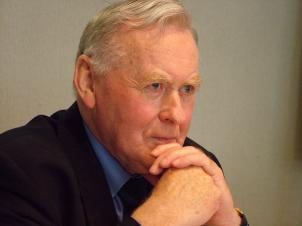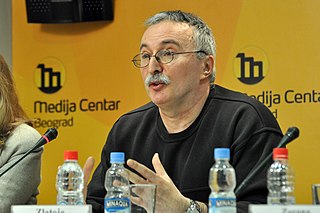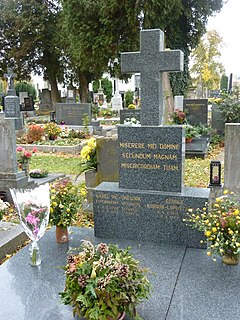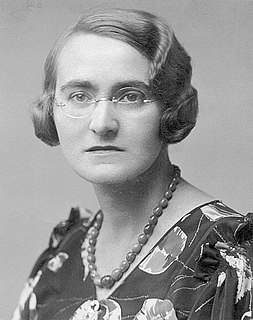 W
WWilliam Auld was a British (Scottish) poet, author, translator and magazine editor who wrote chiefly in Esperanto.
 W
WBaldur Ragnarsson was an Icelandic poet and author of Esperanto works. He was a teacher and a superintendent of schools in Iceland.
 W
WDetlev Blanke was a German Esperantist. He was an interlinguistics lecturer at the Humboldt University of Berlin. He was one of Germany's most active Esperanto philologists and was from 1991 to 2016 both the chair of the Gesellschaft für Interlinguistik and the editor of its newsletter, Interlinguistische Informationen. He and his wife, Wera Blanke, were especially interested in the evolution of language, particularly in the development of terminology for the constructed language, Esperanto, and questions of sociolinguistics. Blanke made a study of Eugen Wüster's work toward common international terminology and international standardization.
 W
WHector Hodler was a Swiss Esperantist who had a strong influence on the early Esperanto movement.
 W
WGeorges Lagrange was a French Esperantist writer and member of Academy of Esperanto. He translated several theater pieces from French to Esperanto, acted in some of them, and wrote poems and detective novels under the pseudonym Serĝo Elgo.
 W
WFranko Luin was a Swedish type designer of Slovene origin. He studied graphic arts at Grafiska Institutet in Stockholm, where he graduated in 1967. A graphic designer at the telecom company Ericsson (1967–1989), He started his own design shop Omnibus Typografi in 1989.
 W
WZlatoje Martinov is a Serbian publicist and writer.
 W
WNikolai Vladimirovich Nekrasov was a Soviet Esperanto writer, translator, and critic.
 W
WKarel Píč was a leading Czech Esperantist, a member of the Academy of Esperanto, a poet and writer of short stories, essays, and novels in Esperanto.
 W
WRaymond Schwartz, was a French banker and Esperanto author who wrote many poems and novels in Esperanto, as well as skits which he directed for Parisian Esperanto cabarets.
 W
WGaston Waringhien was a French linguist, lexicographer, and Esperantist. He wrote poems as well as essays and books on linguistics. He was chairman of the Akademio de Esperanto.
 W
WLidia Zamenhof was a Polish writer, publisher, translator and the youngest daughter of Klara (Silbernik) and L. L. Zamenhof, the creator of Esperanto. She was an active promoter of Esperanto as well as of Homaranismo, a form of religious humanism first defined by her father.